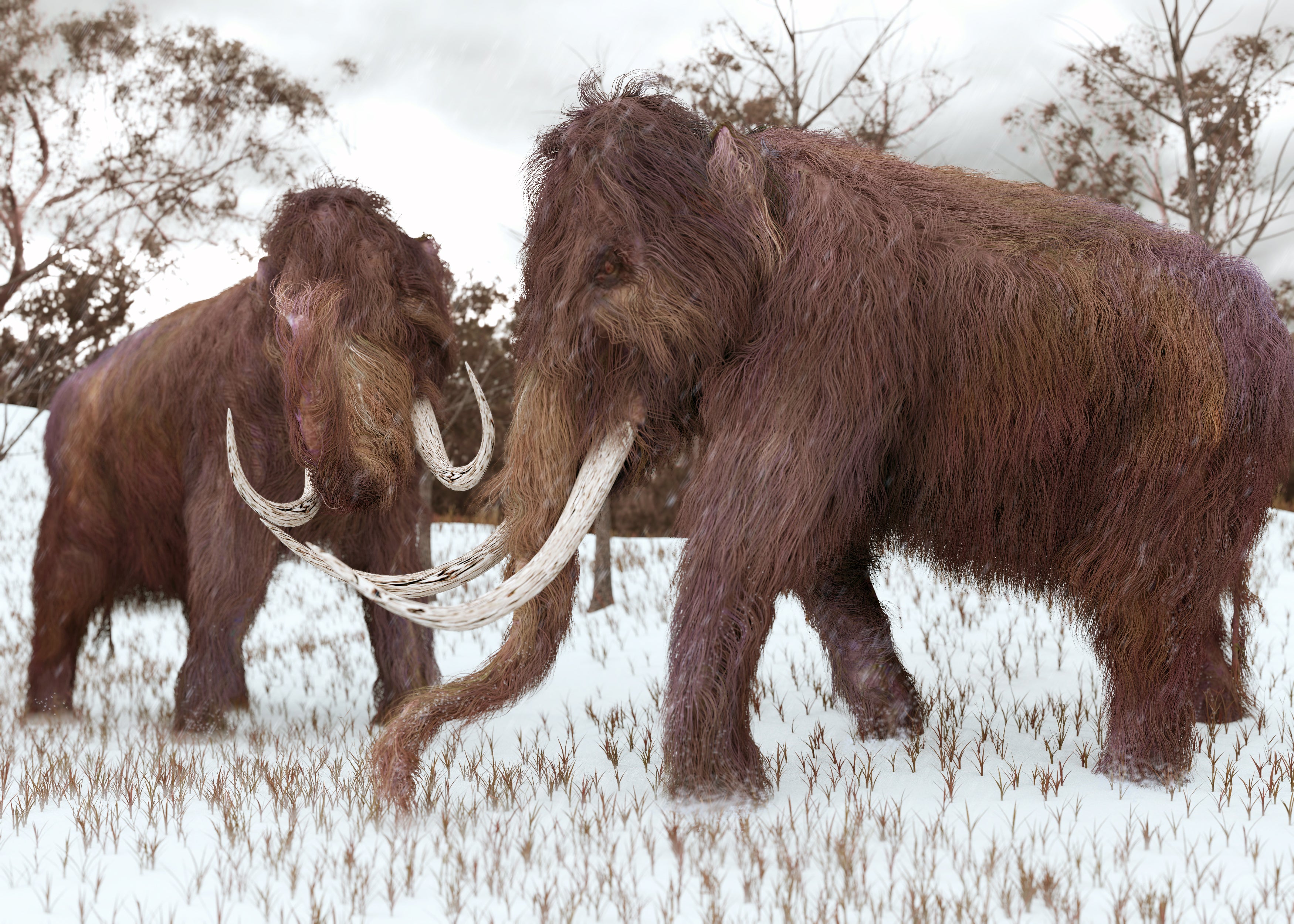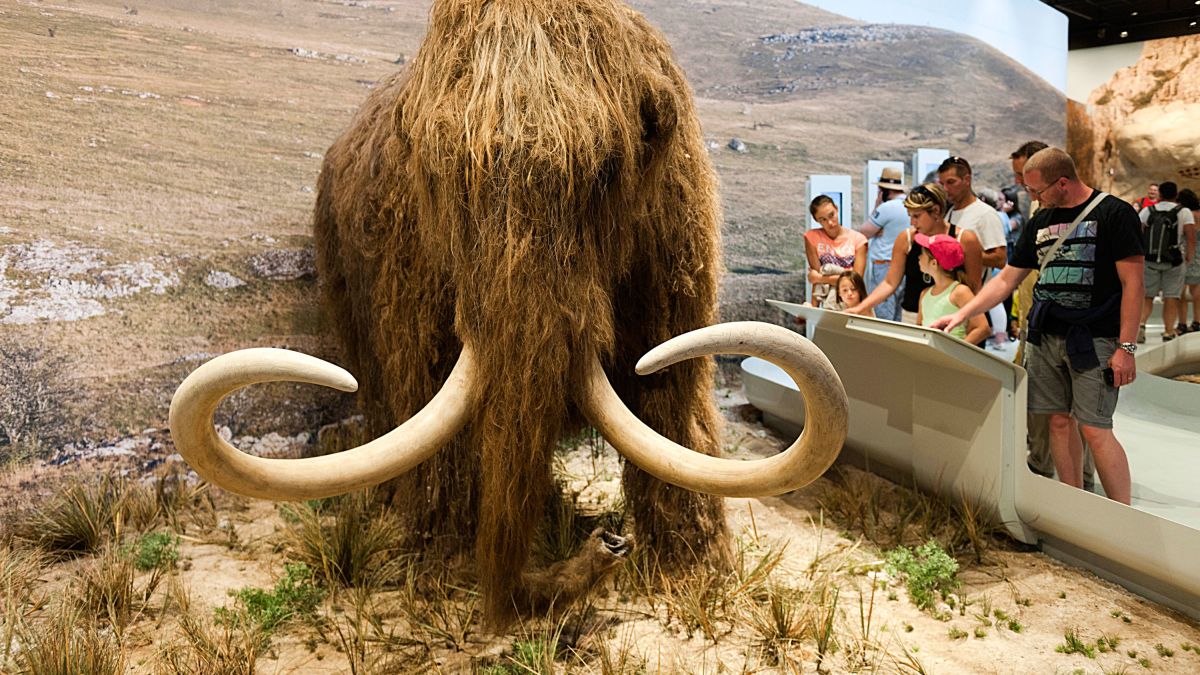
Wooly mammoths roamed the earth about 10 thousand years ago. At a point, they coexisted with early humans. They are now extinct but, some scientists are in the talk of bringing them back to life. Read to know the full story.
An insight into the new research

On Monday, researchers announced that new funding from Colossal, a bioscience and genetic firm can make the dream of bringing back the woolly mammoths a reality. The firm is co-founded by Ben Lamm and George Church. Lamm is a software and tech enterpriser while Church is a professor of genetics at Harvard Medical School. Additionally, Church has researched new avenues in gene editing which can aid the effort.
However, not all researchers believe this is the most effective way to restore the tundra. “The scale at which you’d have to do this experiment is enormous. You are talking about hundreds of thousands of mammoths which each take 22 months to gestate and 30 years to grow to maturity,” said Dr. Victoria Herridge. Herridge is an evolutionary biologist at the Natural History Museum.
“For instance, mammoths are proposed as a solution to help stop permafrost thaw because they will remove trees, trample and compact the ground and convert landscapes to grassland, which can help keep the ground cool. However, we know in the forested Arctic regions that trees and moss cover can be critical in protecting permafrost, so removing the trees and trampling the moss would be the last thing you’d want to do,” said Gareth Phoenix from the University of Sheffield.
How can woolly mammoths return to the land of the living?
Scientists wish to create an elephant-mammoth hybrid that is resistant to cold arctic temperatures. “Our goal is to make a cold-resistant elephant, but it is going to look and behave like a mammoth. Not because we are trying to trick anybody, but because we want something that is functionally equivalent to the mammoth, that will enjoy its time at -40C, and do all the things that elephants and mammoths do, in particular knocking down trees,” said Church.
But, How?
The researchers will first use the genome extracted from frozen specimens of the wooly mammoth. They are then compared with the genome of an Asian elephant to look for mammoth-specific genes. The skin cells of Asian elephants are then edited to allow them to carry the mammoth genes. Researchers will then create an egg in the lab using stem cells. The edited nucleus from the skin cells will then be replaced in the egg. The egg is then stimulated and it starts dividing. A surrogate elephant mother or an artificial womb can be used to carry the child. Researchers estimate that the first calves will arrive in six years.
“Our goal isn’t just to bring back the mammoth, but to bring back inter breedable herds that are successfully rewilded back into the Arctic region,” added Lamm, the co-founder of the company.
